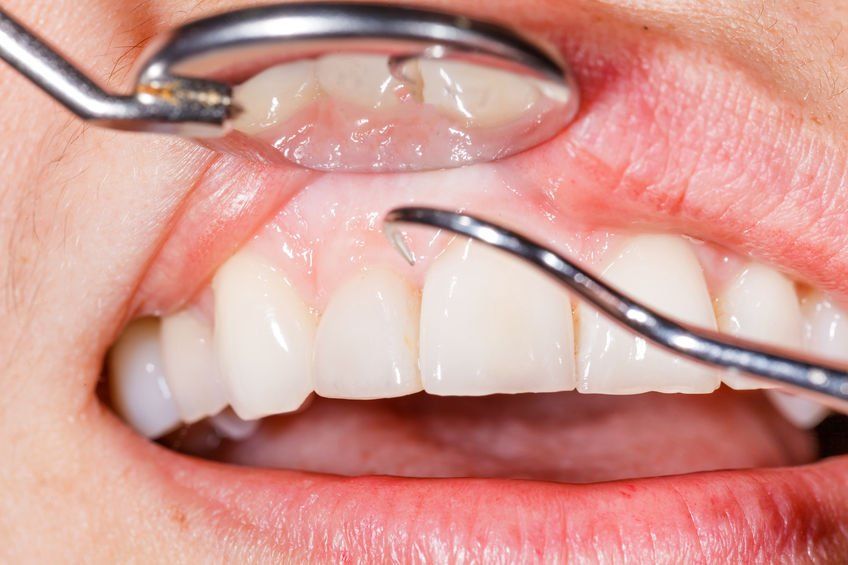Has My Tooth Enamel Eroded?

Dental enamel is the hardest tissue that we have in our body. Although hardness represents its main feature, enamel can be damaged quite easily, especially when oral hygiene is not strictly respected.
Practically, the enamel is the teeth envelope. When the enamel loses its brilliance and color, the teeth become sensitive and prone to affections. Studies show that one third of the adults show signs of dental erosion, recognized by thin enamel, translucent appearance and yellowing tendency.
The first cause of tooth enamel deterioration is a poor hygiene, which creates a great environment for bacteria that contribute to the formation of the dental plaque. Dental plaque favors tooth enamel erosion through dental demineralization, which may results into broken or damaged teeth, and require you to go to an oral sedation dentistry Highlands Ranch officefor a deep cleaning.
If you are used to using your teeth to open bottle lids, packs or other containers, you should be aware that this puts you at a great risk of damaging the tooth enamel. Inappropriate habits like these as well as inadequate nutrition are other factors that cause dental enamel problems. Once the enamel is sensitized, the tooth becomes vulnerable to caries. The first sign you can notice is sensitivity during the consumption of hot and cold liquids and food.
Enamel can also be damaged as a consequence of affections such as bulimia, xerostomia or bruxism.











